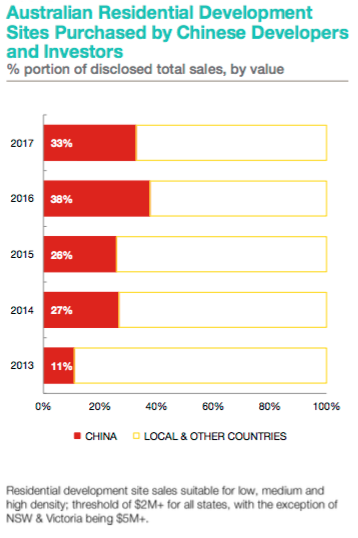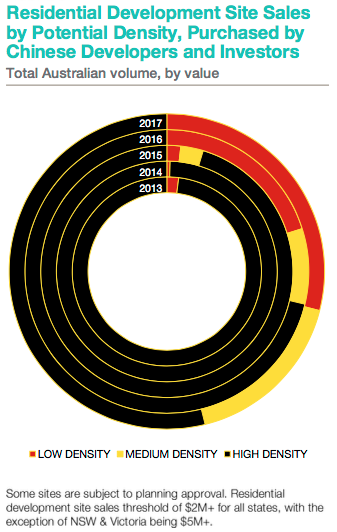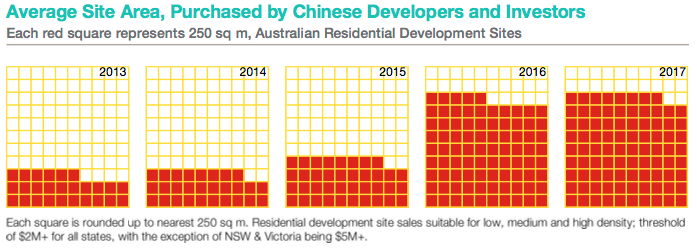The US government’s proposal to impose tariffs on USD50 billion-USD60 billion worth of imports from China is unlikely to have a significant impact on the Chinese or global economy, says Fitch Ratings.
The risk that piecemeal protectionist measures escalate into a more damaging trade war has risen in recent months, but China’s measured response so far and US indications of openness to negotiation suggest this scenario should still be avoided.
The US administration has proposed the tariffs in response to what it considers to be unfair Chinese trade policies that have led to the acquisition of US technologies – invoking the authority provided by Section 301 of the US Trade Act. Aerospace, information and communication technology, and machinery will be targeted, with details due within the next two weeks. The administration will also consider measures to block Chinese acquisition of US technology through M&A and press the World Trade Organization to examine China’s technology licensing practices.
USD60 billion is equivalent to around 2.5% of China’s total merchandise exports, or 0.5% of its GDP, but the impact of the tariffs on the Chinese economy would be much smaller. Some of these goods will still end up going to the US, given the lack of substitutes, while others could be diverted to different markets. Moreover, the domestic value-added content of China’s exports is typically only around two-thirds, or less than one-half in the case of ICT goods, which contain a high proportion of imported inputs. Overall, we would not expect these tariffs to create a drag on Chinese GDP growth of much more than 0.1 percentage point this year.
The bigger risk is that the US eventually imposes across-the-board tariffs on China, either because its bilateral trade deficit with China stays large or in the context of an escalating trade war between the two countries. The US accounts for almost one-fifth of China’s total exports, equivalent to 3.6% of Chinese GDP, so broader tariffs could have a sizeable impact on China’s economy, and would have knock-on effects for the supply chain across the rest of Asia. A China-US trade war would also undermine global investor sentiment.
This more severe scenario cannot be ruled out, but we still expect new policies, either from the US or China in retaliation, to continue to fall under sector-specific measures. China has announced its own tariffs targeting USD3 billion worth of US agricultural goods in response to previous US tariffs on steel and aluminium, but Premier Li Keqiang has stated that “a trade war does no good to either side”. Meanwhile, US President Donald Trump has stated that the US and China are in negotiations. In that respect, the 30-day consultation period following the release of US tariff details should temper the prospect of immediate escalation and could provide time for a compromise to be reached.
A more challenging external environment could add to the risk of Chinese policymakers falling back on credit-fuelled stimulus, which would also be a major setback to the deleveraging agenda. Strong external demand was a key factor behind the outperformance of China’s economy last year, which allowed the authorities to focus on addressing financial risks without jeopardising GDP growth targets.














